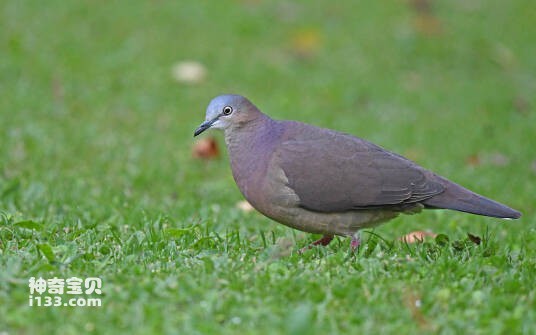
Leptotila conoveri
Leptotila conoveri,Tolima Dove
The species is known as Leptotila conoveri and Tolima Dove.Listed in the Int···
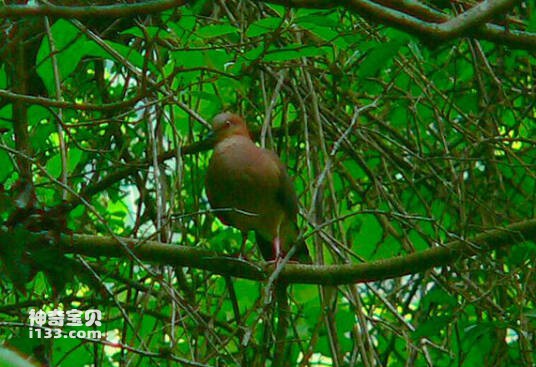
Leptotila ochraceiventris
Leptotila ochraceiventris,Ochre-bellied Dove
Its scientific name is Leptotila ochraceiventris and its foreign name is Och···
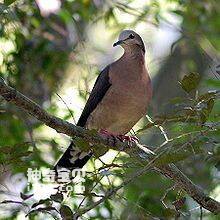
Leptotila rufaxilla
Leptotila rufaxilla,Grey-fronted Dove
Its scientific name is Leptotila rufaxilla, and its foreign name is Grey-fro···
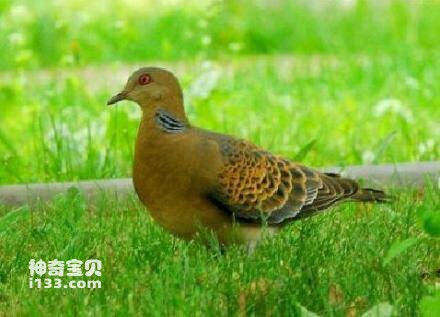
Leptotila cassini
Leptotila cassini,Grey-chested Dove
Its scientific name is Leptotila cassini, and its foreign name is Grey-chest···
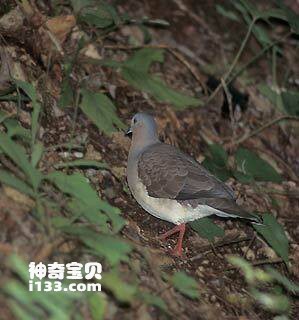
Leptotila plumbeiceps
Leptotila plumbeiceps,Gray-headed Dove
Its scientific name is Leptotila plumbeiceps, and its foreign name is Gray-h···
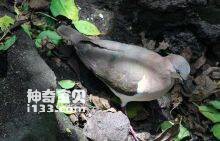
Leptotila wellsi
Leptotila wellsi,Grenada Dove
Its scientific name is Leptotila wellsi, and its foreign name is Grenada Dov···
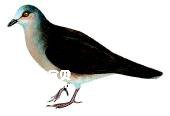
Leptotila battyi
Leptotila battyi,Brown-backed Dove,Azuero Dove
Its scientific name is Leptotila battyi, and its foreign names are Brown-bac···
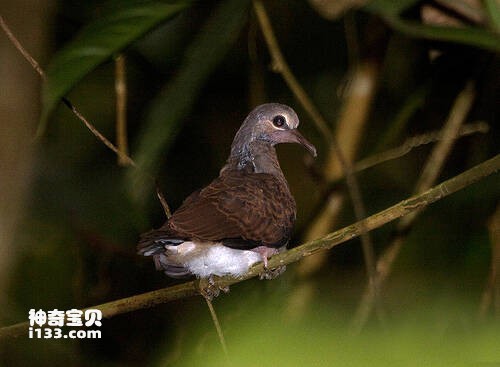
Leptotila pallida
Leptotila pallida,Pallid Dove
Its scientific name is Leptotila pallida, and its foreign name is Pallid Dov···
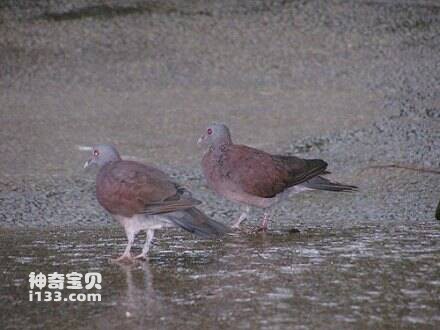
Streptopelia picturata
Streptopelia picturata,Madagascar Turtle-dove
Its scientific name is Streptopelia picturata and its foreign name is Madaga···
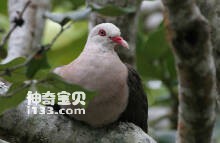
Nesoenas mayeri
Nesoenas mayeri,Pink Pigeon
Pink Pigeon (Nesoenas mayeri) was originally classified as a pigeon in the g···
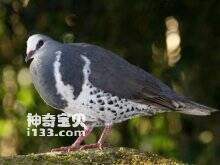
Leucosarcia melanoleuca
Leucosarcia melanoleuca,Wonga Pigeon
Leucosarcia melanoleuca, also known as Wonga Pigeon, is unknown.Listed in th···
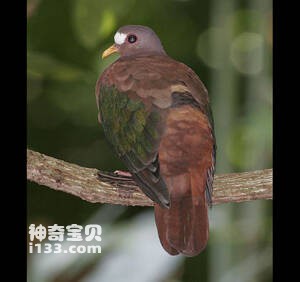
Chalcophaps stephani
Chalcophaps stephani,Stephans Emerald Dove
Chalcophaps stephani and Stephans Emerald Dove are unknown.Listed in the Int···
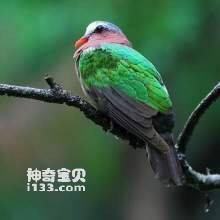
Chalcophaps indica
Chalcophaps indica
Chalcophaps indica is a species that is found singly or in pairs in dense un···
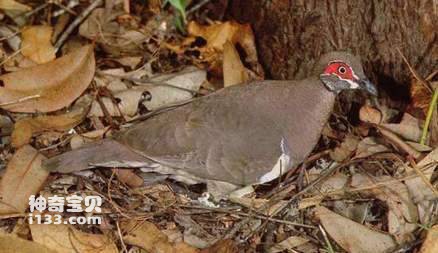
Geophaps smithii
Geophaps smithii,Partridge Pigeon
Geophaps smithii (geophaps SmithII), Partridge Pigeon (geophaps SmithII).Lis···
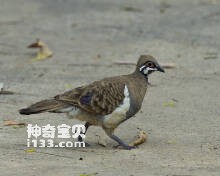
Geophaps scripta
Geophaps scripta,Squatter Pigeon
Geophaps scripta (geophaps scripta), Squatter Pigeon, is an unknown species.···
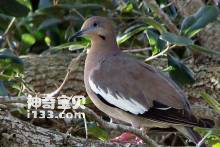
Zenaida asiatica
Zenaida asiatica,White-Winged Dove
White-Winged Dove (Zenaida asiatica) is known as white-winged Dove and has t···
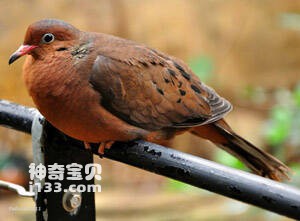
Zenaida graysoni
Zenaida graysoni
Sogorodove Zenaida graysoni, also known as the Socorro pigeon, is a species ···
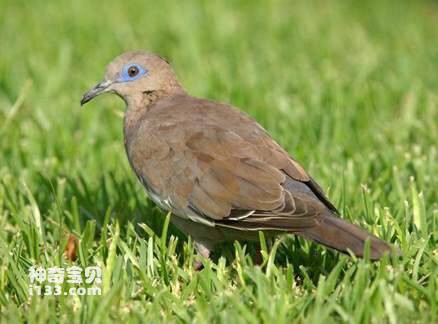
Zenaida meloda
Zenaida meloda,Pacific Dove
Zenaida meloda, Pacific Dove, is a South American mourning dove.Listed in th···
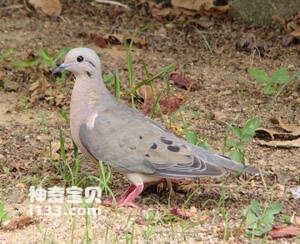
Zenaida auriculata,
Zenaida auriculata,
Zenaida macroura (Zenaida macroura) is a species of mourning pigeon in the f···
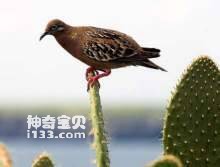
Zenaida galapagoensis
Zenaida galapagoensis,Galapagos Dove
Zenaida galapagoensis and Galapagos Dove are unknown.Listed in the Internati···
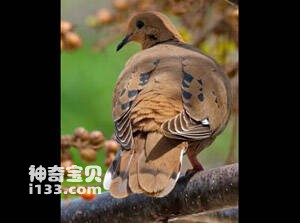
Zenaida aurita
Zenaida aurita,Zenaida Dove
The mourning Dove (Zenaida aurita) has three subspecies.Mourning pigeons fee···
